|
An interesting cover for the November 30, 1940 edition of the Picture Post showing the driver of a car - the actor Leslie Howard - wearing the bomb splinter googles. Have to say they really would have little use when driving...
0 Comments
This photograph shows six members of the WVS at a canteen donated by Montserrat and run through the Ministry of Food. The interesting thing is the different types of WVS uniform on show.
During the late 1930s much effort was expended academically on how a population would react to being bombed. There were some who thought the breakdown of civil order would happen; others that a great strain on the economy would ensue as bombed out families had to be re-homed and industry lost workers. As the German bombing efforts were to intensify the Ministry of Home Security produced a number of publications. These were aimed at educating the population on how to create refuges in your home, to maintaining your gas mask. This publication from 1940 (costly 3 old pence) was one such publication.
This publication has been reproduced and is available at very good prices on eBay. The bluette overalls (ARP Pattern 41) were the mainstay uniform in the early years of the war and continued to be issued and worn until the war's end. A simply heavy denim overall is was allocated to many different Civil Defence personnel.
This fine portrait shows a man wearing the absolute basic serge battledress. This is how many battledress blouses were issued - with just the CD breast badge affixed.
|
Please support this website's running costs and keep it advert free
Categories
All
Archives
June 2024
|
|
|
Copyright © 2018–2024
|
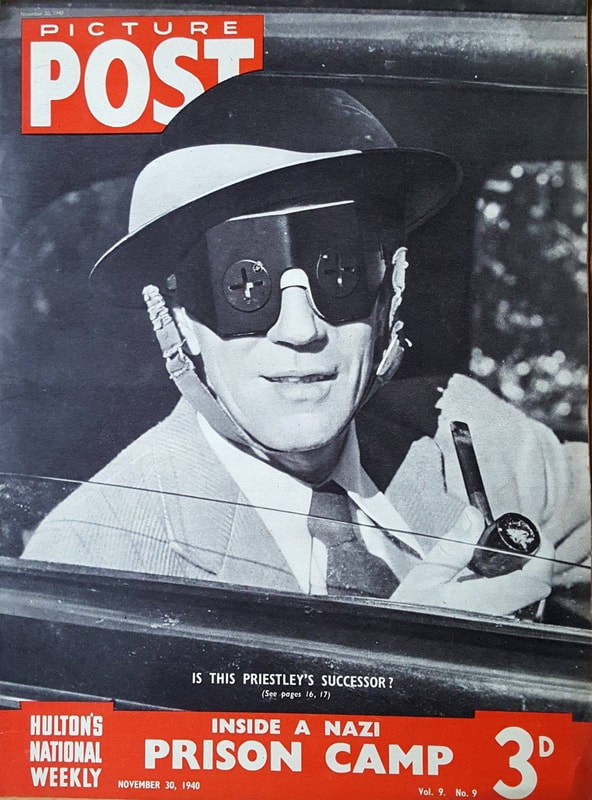
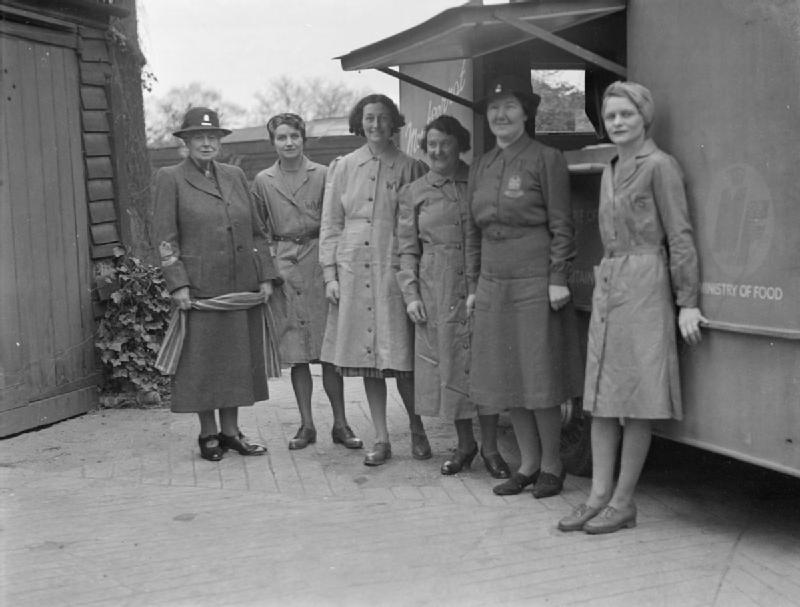
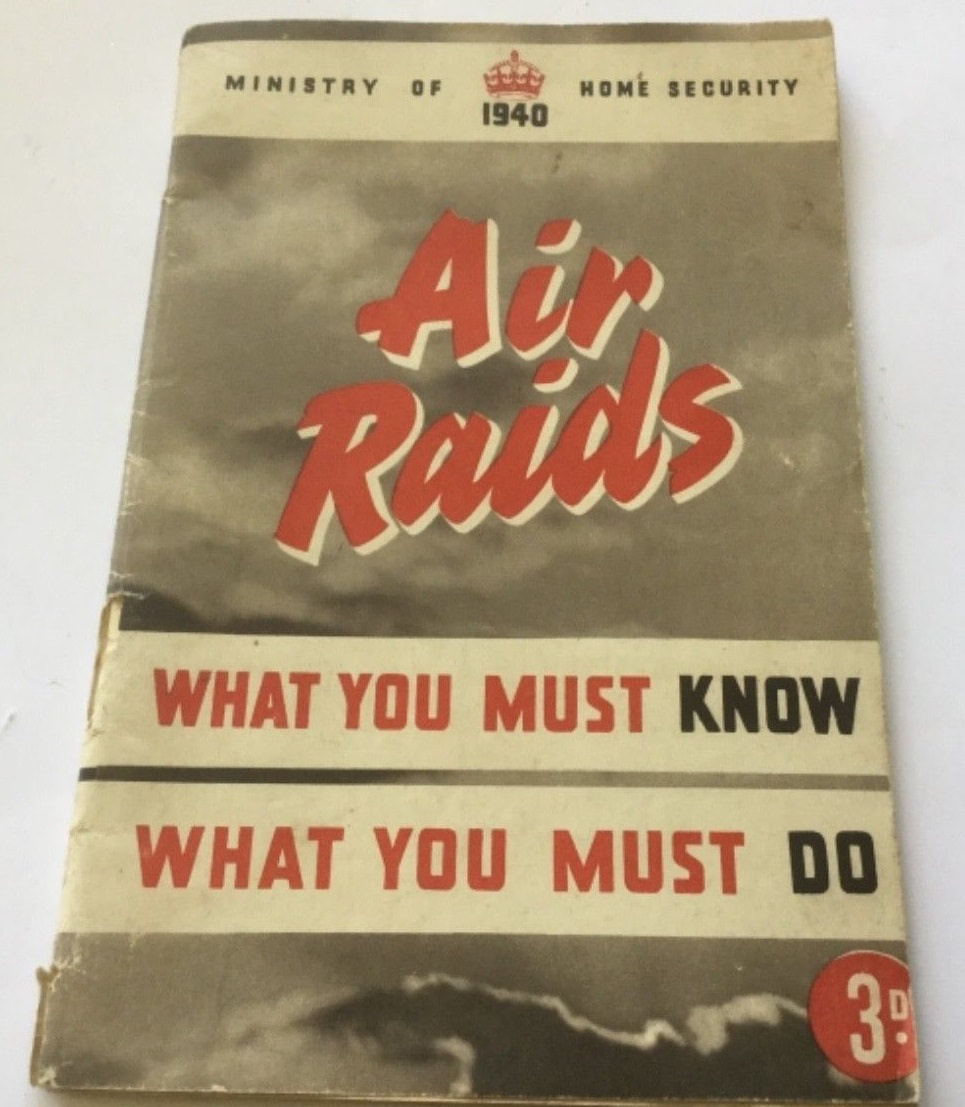
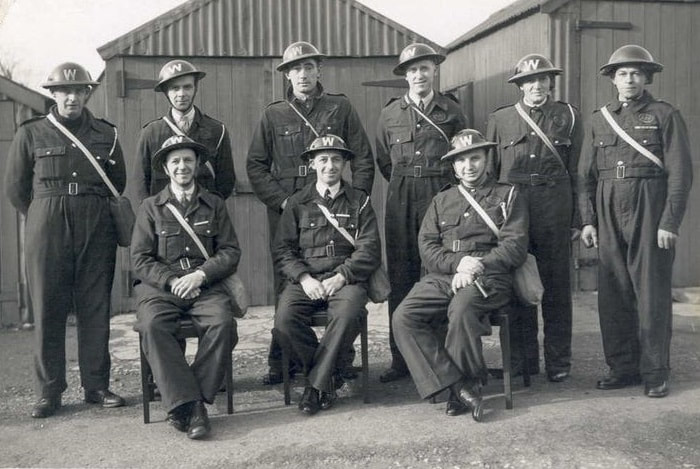
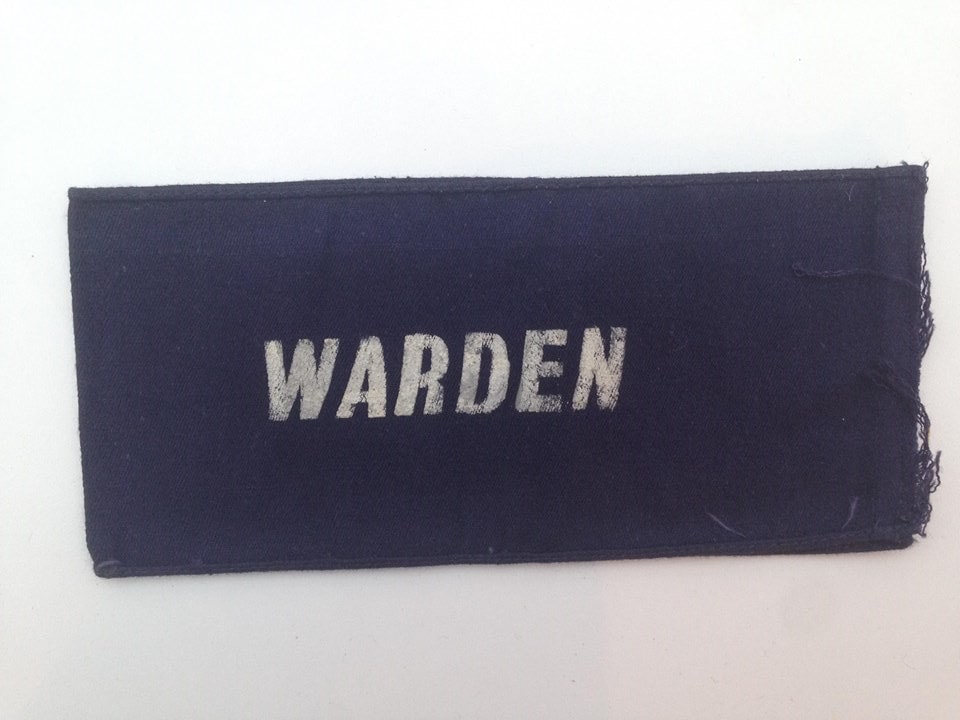
 RSS Feed
RSS Feed